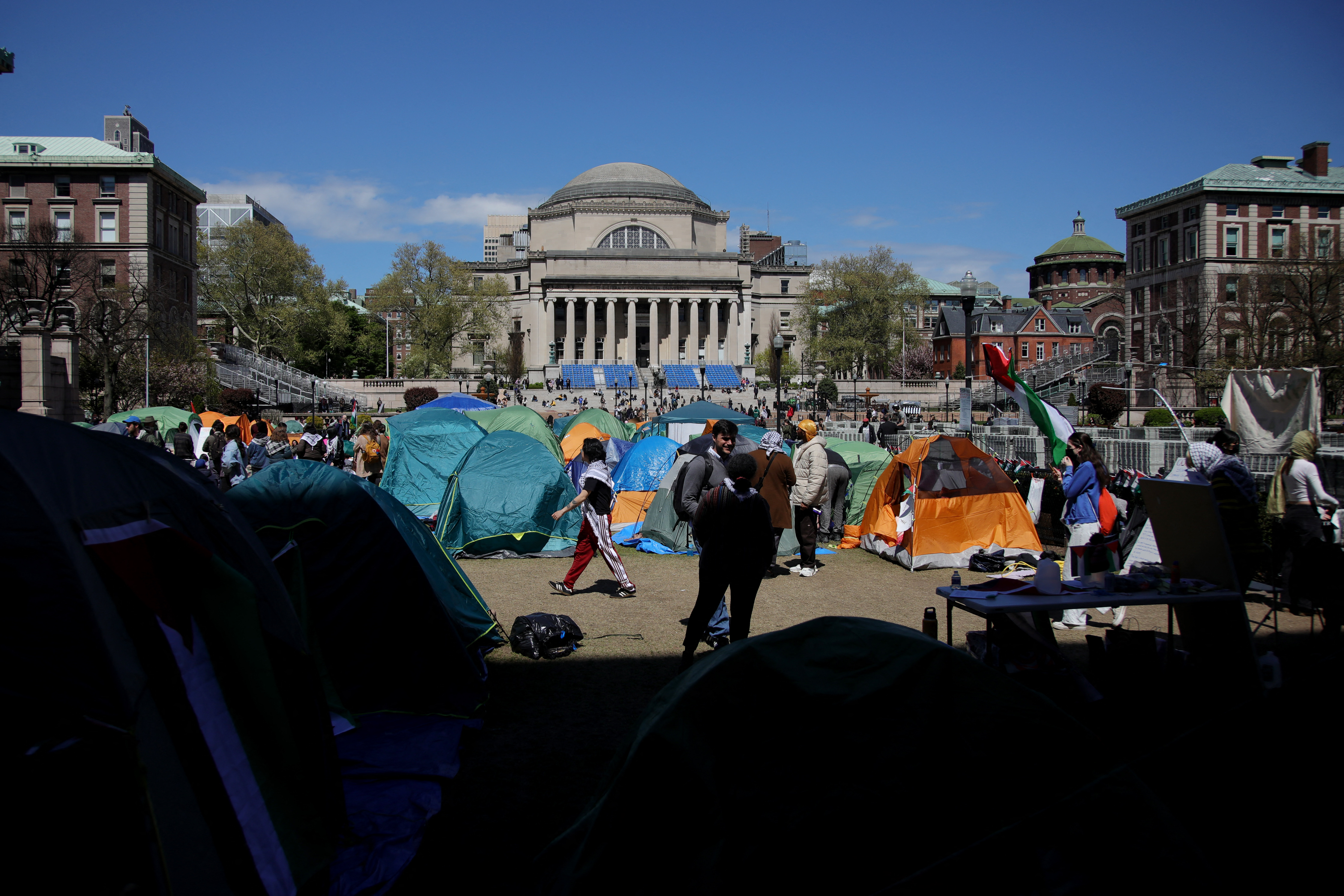Is it okay for a teacher to hug a student? How long can that hug last?
When does an innocent gesture cross the line into teacher-student sexual harassment?
The I-Team has learned the New York City Department of Education has few, if any, real guidelines for teachers looking to understand where that line exists.
Last year, at least 10 city educators were arrested for sexual misconduct or abuse.
“I would say the boundaries aren’t clear,” said Billye Jones Mulraine, a Bronx social worker who gives presentations on sexual misconduct prevention in the classroom. “I'm not sure that there is any training for teachers by the DOE.”
A spokeswoman for the department says that’s not the case. In an e-mail to the I-team, Connie Pankratz said the DOE holds, “Thousands of training workshops each year to remind teachers about the boundaries of healthy relationships with their students.”
But when the I-Team filed a Freedom of Information Law request seeking all the training material used in those workshops, the DOE could not provide anything specific and instead sent copies of the Chancellor’s Regulations and a two-page handout from the Division of Equal Employment Opportunity.
Local
In the last school year, Chancellor Dennis Walcott attempted to fire sixteen teachers for improper touching or behavior with student.
Investigation reports, released publicly, accused teachers of “rubbing students’ backs” as well as “tickling and hugging teenagers” and “leering at students’ breasts.”
Others included a teacher accused of “grabbing a male student’s testicles,” and another said a teacher told a female student she looked, “beautiful and sexy.”
Arbitrators ultimately decided there was not enough evidence against the teachers and sent fourteen of the sixteen back to the classroom.
Mulraine offers several guidelines for teachers.
"As children get older, physical contact should be greatly decreased," said Mulraine. She believes that once students have left kindergarten teachers should not touch them at all, unless the student expressly says it’s ok. "If you're a teacher out there, you need to know you should not be touching children unsolicited."
Guidelines set by the National Education Association mirror much of what Mulraine teaches. The NEA also advises educators to avoid physical contact with students and, like Mulraine, says “An occasional hug is probably ok” with younger children.
Mulraine says teachers of very young students should always use the bathing suit rule, never touching anywhere that would be covered by swimwear.
And, in this new age of digital technology, Mulraine believes teachers should avoid calling or texting students on personal phones.
Last year, a gym teacher in Queens was accused of texting a single student 383 times. The teacher was fired.
Despite advice to the contrary, the NYC DOE does allow teachers to text students on their personal phones, believing it’s important to maintain open lines of communication between teachers and students.
Chancellor Walcott declined the I-Team’s request for an interview. He is currently pushing for a state law that would make it easier to fire teachers accused of sexual misconduct.



